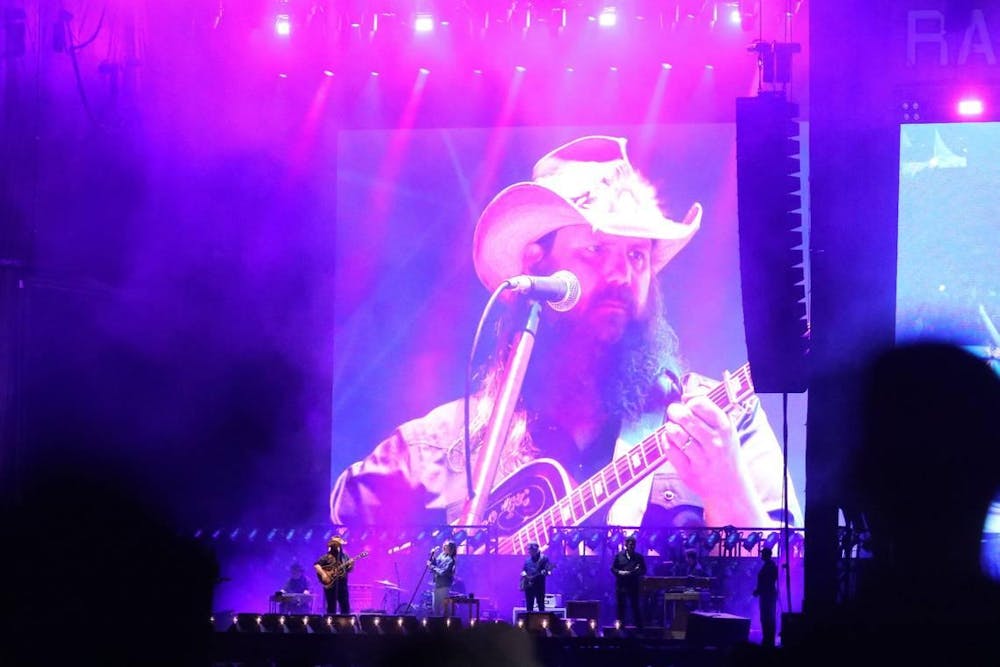In the early 1970s, a new form of music originated in the Bronx in New York City, reflecting the adversity faced by a historically marginalized population while showcasing the grit with which they responded. Initially regarded as a fad that would come and go, hip-hop has risen to become the most consumed form of music in the United States.
Today, another genre is on the ascent in America. Country music, which has often been relegated to the punchline of bad jokes, is having a moment in the 2020s. Mainstream artists from other genres, like Beyoncé and Post Malone, have released country albums to critical and commercial success, while country artists like Zach Bryan and Chris Stapleton have attained unprecedented appeal for country artists.
If country music’s upward trajectory continues, then by introducing new and diverse audiences to Southern culture and normalizing more rural lifestyles to an urban crowd, country’s rise will be good for America, helping to bridge a cultural rift that has increasingly become a political faultline.
This rift was on display about a week ago when Saturday Night Live musical guest Morgan Wallen, country’s biggest superstar, exited the show abruptly rather than mingling with the cast. While some observers took this to be an unintentional breach of etiquette on Wallen’s part, his behavior afterwards fueled the speculation that it was due to some clash between his Southern values and the comparably progressive views held by the SNL cast.
On social media, you will see comments ranging from Wallen’s haters attacking the South as backwards and provincial, to his supporters identifying with his apparent rejection of New York values. The anger at his perceived disdain for the NYC crowd, and their anger at his dismissiveness, is emblematic of the larger back-and-forth between rural culture and the metropolitan values of cities like New York and the entertainment industry.
Regardless of what one thinks of Wallen, the outcry over a minor violation of SNL’s informal code of conduct clearly reflects a deeper issue. Country music and the South do not exist in a vacuum; there are clear political implications with weighty consequences for the future of the country. The party identification gap among rural voters has exploded in recent years, rising from a slight GOP advantage in 2000 to a massive, 25-point advantage over the Democrats now.
Wallen, through his crossover success and despite the lingering controversy around his past transgressions, provides a blueprint for enabling country music to transcend region and become a mainstream genre. Although he has not leveraged his success to its full potential to bridge this gap, his music can give urbanites insight into a culture and place they may have previously overlooked, while also incorporating elements of rap, pop and other genres that more rural listeners may have been blind to.
Wallen’s appeal to urbanites is demonstrated by his filling of stadiums in large urban centers; some of his biggest audiences are in major metropolitan areas. His last album held the top spot on the Billboard 200 for more weeks than any album in 25 years, an unusual feat for a country artist. He has also collaborated with well-known rappers, achieving particular success with his Lil Durk collaboration “Broadway Girls,” which debuted at 14 on the U.S. Billboard Hot 100, and his Moneybagg Yo collaboration "Whiskey Whiskey" which peaked just outside of the top 20. Rap collaborations of this sort are instrumental in opening country music to a more diverse audience along racial lines as well as the urban-rural divide.
While nobody should operate under the illusion that country's newfound popularity is a silver bullet, one thing is clear: America is increasingly divided along an increasing number of faultlines. Country music can provide a channel for more dialogue and greater understanding — its rise is good for America.




